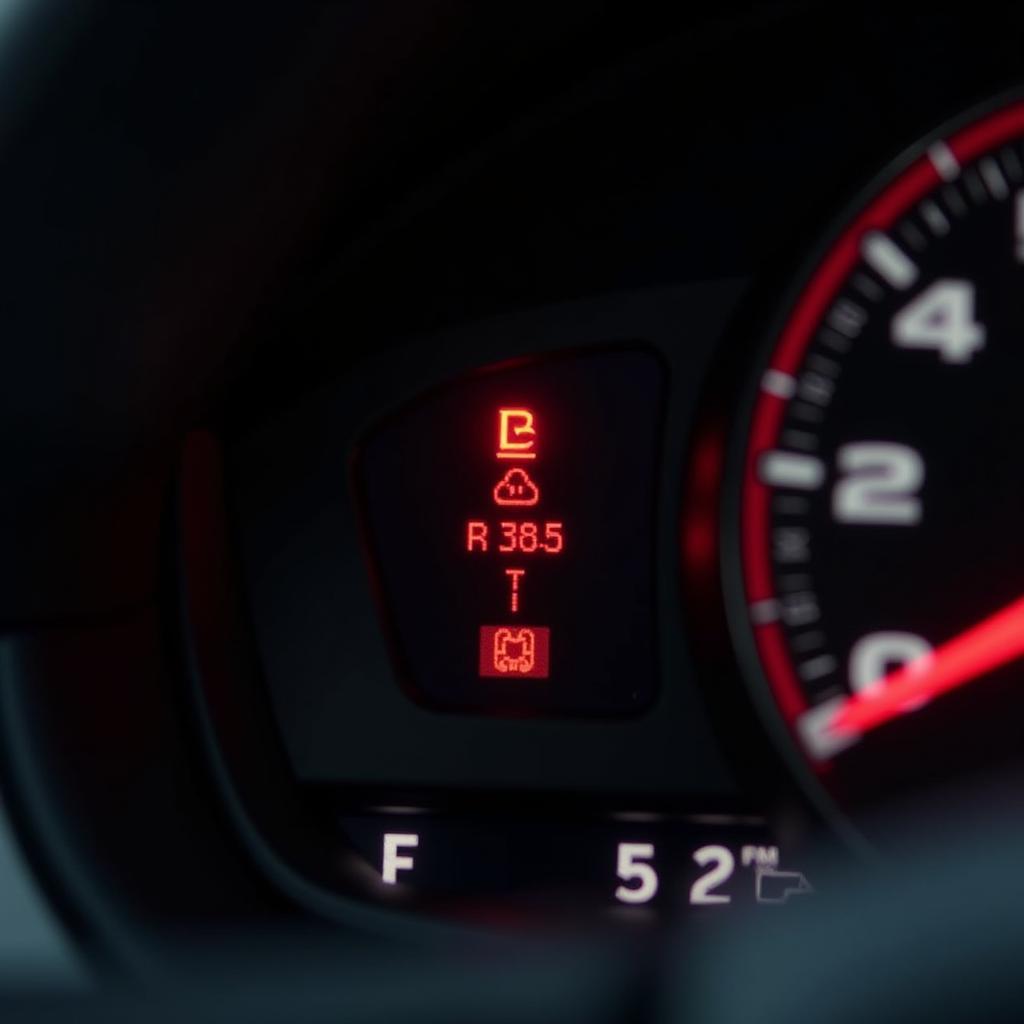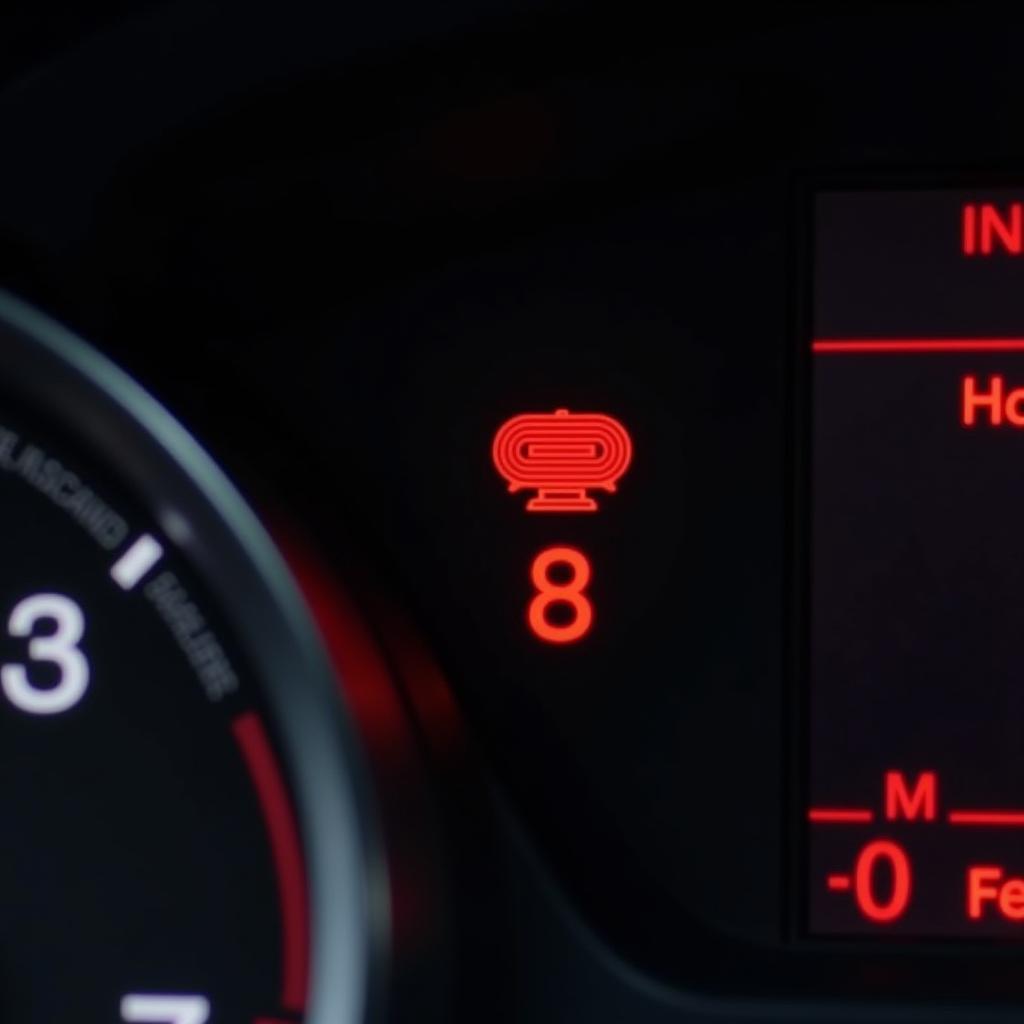The AdBlue system is an essential part of modern diesel vehicles, including the Volkswagen Passat. It helps reduce harmful emissions by injecting a urea solution into the exhaust system. However, if the AdBlue system malfunctions, you may encounter issues like engine light warnings, reduced power, or even a complete shutdown of the vehicle. One common problem is a low AdBlue level, which can be easily fixed with a simple reset. In this article, we’ll guide you through the process of resetting the AdBlue level on your Passat.
Understanding AdBlue and Its Importance
AdBlue, also known as DEF (Diesel Exhaust Fluid), is a solution primarily composed of urea and deionized water. It’s injected into the exhaust system of diesel vehicles to reduce harmful NOx (nitrogen oxides) emissions. The chemical reaction between AdBlue and NOx converts them into harmless nitrogen, water, and carbon dioxide. This process, known as Selective Catalytic Reduction (SCR), is vital for meeting stringent emission regulations.
Why Do I Need to Reset AdBlue in My Passat?
When the AdBlue tank in your Passat runs low, the vehicle’s control unit triggers a warning light on the dashboard, indicating that it’s time to refill the tank. However, even after refilling the AdBlue tank, you might need to reset the system to clear the warning light and ensure proper functionality.
Methods for Resetting AdBlue on Your Passat
There are several ways to reset the AdBlue level on your Passat. The specific steps may vary depending on your model year and engine type. However, most methods involve using a diagnostic tool or following a specific sequence of actions within the vehicle’s menu.
Using a Diagnostic Tool
“The most reliable way to reset AdBlue is to use a dedicated diagnostic tool,” says John Smith, a certified automotive technician with over 15 years of experience. These tools allow you to access the vehicle’s control unit and perform various functions, including resetting the AdBlue level.
Here’s a general guide to resetting AdBlue using a diagnostic tool:
- Connect the diagnostic tool to your Passat’s OBD-II port. This port is usually located under the dashboard, near the steering wheel.
- Select “AdBlue” or “DEF” from the tool’s menu.
- Follow the prompts to reset the AdBlue level. The specific steps may vary depending on the tool you’re using.
Resetting Using the Vehicle’s Menu
Some Passat models offer the option to reset AdBlue through the vehicle’s built-in menu system. This method typically involves navigating through a series of menus and selecting the appropriate options.
“If your Passat has a touchscreen infotainment system, you might be able to reset AdBlue through the menu,” explains Sarah Jones, a seasoned automotive professional.
Here’s a generalized process for resetting AdBlue through the menu:
- Turn on the ignition without starting the engine.
- Access the vehicle’s menu system. This is usually done by pressing a button on the steering wheel or the center console.
- Navigate to the “Settings” or “Vehicle” menu.
- Look for an option related to AdBlue or DEF.
- Select the “Reset” or “Clear” option.
- Confirm the reset action.
Performing a Manual Reset
While not as common, some older Passat models might require a manual reset using a specific sequence of actions. This method typically involves turning the ignition key to specific positions while pressing buttons on the dashboard.
“For certain older Passat models, a manual reset procedure might be necessary,” notes Mark Williams, an experienced automotive enthusiast.
You can find instructions for the manual reset method in your Passat’s owner’s manual or by searching online for your specific model year and engine type.
Important Precautions to Consider
While resetting the AdBlue level is generally safe, it’s crucial to adhere to certain precautions:
- Use only genuine AdBlue: Using counterfeit or substandard AdBlue can damage your vehicle’s emissions system.
- Refill the AdBlue tank completely: Don’t just top off the tank; refill it to the full capacity.
- Avoid driving with a low AdBlue level for extended periods: This can lead to damage to your vehicle’s exhaust system.
- Consult your owner’s manual or a certified mechanic if you’re unsure about any aspect of the AdBlue system.
Frequently Asked Questions (FAQ)
Q: How often should I refill my Passat’s AdBlue tank?
A: The frequency of AdBlue refills depends on your driving habits and the size of the tank. Typically, you’ll need to refill it every 6,000-10,000 miles. Check your owner’s manual for specific recommendations.
Q: What happens if I don’t reset the AdBlue level after refilling the tank?
A: The warning light will remain illuminated, and you might experience a reduction in engine power or even a complete shutdown.
Q: Can I reset the AdBlue level without refilling the tank?
A: No. The system requires a sufficient AdBlue level to perform the reset. You must refill the tank before attempting a reset.
Q: Is resetting the AdBlue level complicated?
A: It’s a relatively straightforward process. You can follow the steps outlined above, or consult your owner’s manual or a certified mechanic for assistance.
Conclusion
Resetting the AdBlue level in your Passat is essential for maintaining proper emissions control and ensuring optimal engine performance. By understanding the importance of AdBlue and following the correct reset procedures, you can avoid potential issues and ensure your vehicle is operating efficiently and safely. Remember, always consult your owner’s manual or a certified mechanic for specific instructions and guidance related to your Passat’s AdBlue system.


